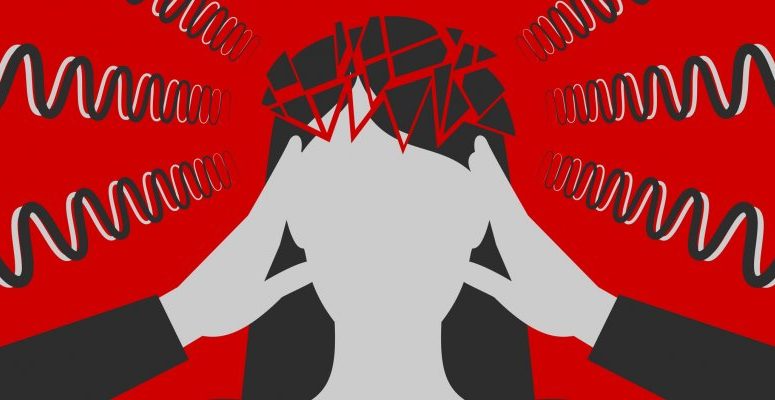If anxiety is a regular part of your life, then it is very important to find strategies to help you cope better in your day-to-day life. It might be a combination of things, like therapy and meditation, or a good night sleep and cutting out or resolving your anxiety related triggers. Either way these are plans that may take a little more thought than you are ready for right now. And that is ok! If you’re not sure where to start, it’s always helpful to discuss options with a friend or a mental health professional, they might suggest something you hadn’t thought of before.
In the meantime, here are a few tips that can help you get through some of those anxious moments. Now, you might relate to some of these feelings: feelings of danger, panic, or dread, nervousness or restlessness, rapid heartbeat, sweating, hyperventilating, trembling or chills. When you start to feel overwhelmed by these physical or emotional feelings you can:
Follow the 3-3-3 rule
Look around you and name three things you see, then, name three sounds you hear. And then move three parts of your body. You can change this up so it is not always the same, for example next time name three objects around you, three sounds and three colours. Whenever you feel your brain going 100 miles per hour, this mental trick can help centre your mind and bring you back to the present moment.
Just do something
At the exact moment you are feeling anxious, do something, it can be anything, stand up, take a walk, organise your desk and so on. Any action that interrupts your current anxious train of thought will not only preoccupy your brain with another task but also help you to regain a sense of control.
Write down your thoughts
Sometimes we need to just take a moment and sit with our thoughts, you may have 1 million thoughts rushing through your head and it can become very overwhelming. When you are feeling anxious ask yourself “what am I thinking about right now” this can give you a starting point to make sense of your thoughts. If this does not work and you find yourself becoming to overwhelmed with negative thoughts, then just write anything. Yes, literally right anything that comes to mind, this does not have to make any sense or pay attention to spelling and grammar, sometimes you don’t even need to use words; do what comes naturally at that moment.
Diaphragmatic Breathing
Diaphragmatic or abdominal breathing is breathing that helps you use the diaphragm correctly. The purpose of this breathing technique is to reduce the physical work of breathing, by slowing your breathing rate, decreasing oxygen demand, and ultimately using less effort and energy to breathe. Often when one is anxious, they take deeper breath or even hyperventilate, this only causes more anxiety and panic therefore, focusing on a breathing pattern not only helps you to calm down but it diverts your attention.
The next time you’re feeling anxious, try this simple breathing technique which can be done standing, sitting, or even lying down:
1. Inhale slowly and deeply through your nose. Keep your shoulders relaxed. Your abdomen should expand, and your chest should rise slowly and very little.
2.Exhale slowly through your mouth. As you blow air out, purse your lips slightly, but keep your jaw relaxed. You may hear a soft “whooshing” sound as you exhale.
3.Repeat this breathing exercise. Do it for several minutes until you start to feel better.
Stef Gafa’ is a counsellor with Willingness who has a particular interest in trauma, attachment, domestic violence and the LGBT community.

